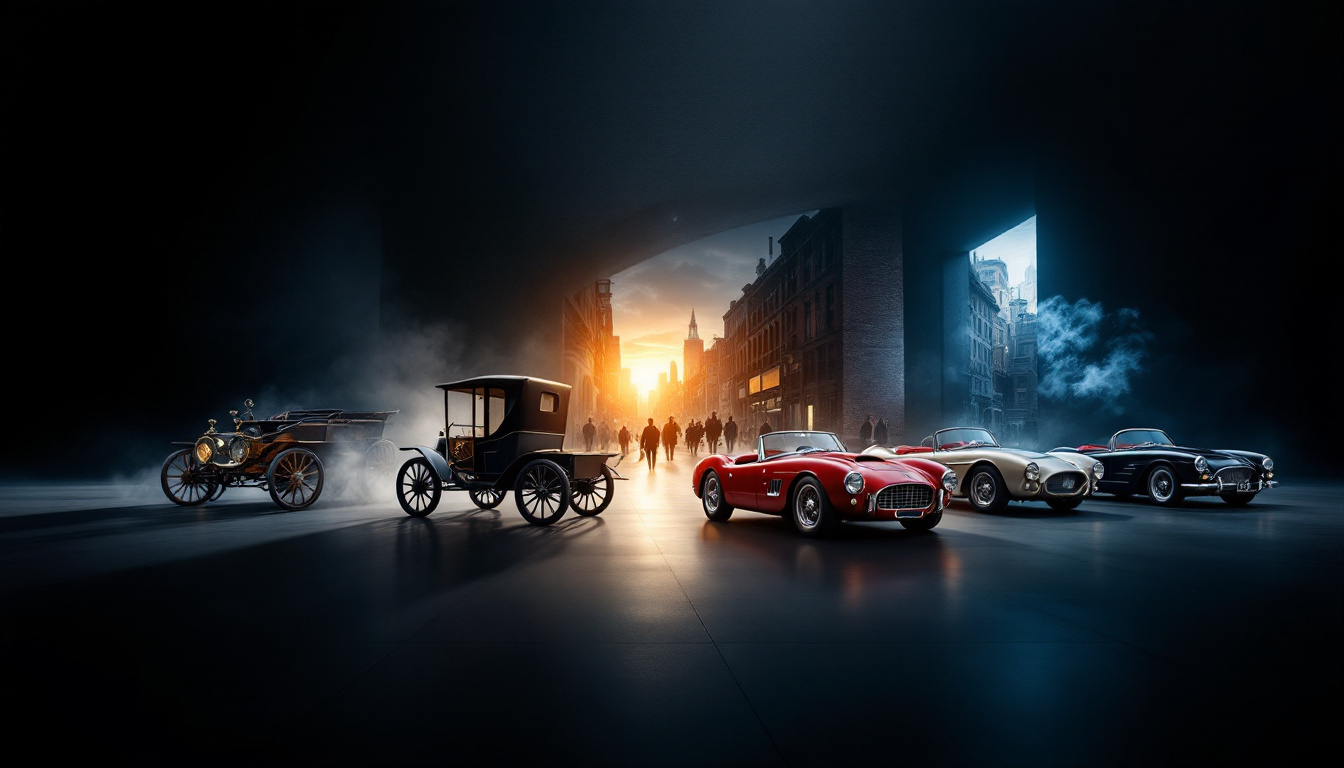
The Evolution of Automobiles: Internal Combustion, Hybrid, and Electric Vehicles
Introduction
Automobiles have undergone significant transformations since their inception in the late 19th century. From gasoline-powered cars dominating the roads for over a century to the recent surge in hybrid and electric vehicles, the automotive industry continues to evolve. This article explores the characteristics, advantages, and challenges of internal combustion engine (ICE) vehicles, hybrid cars, and electric vehicles (EVs), providing a comprehensive understanding of the past, present, and future of automobiles.
Internal Combustion Engine (ICE) Vehicles
1. History and Development
Internal combustion engine vehicles have been the backbone of the automotive industry for over a century. Karl Benz is credited with inventing the first practical automobile in 1886, powered by a gasoline engine. Over the decades, advancements in engineering, manufacturing, and fuel efficiency have made ICE vehicles the most common form of transportation globally.
2. How ICE Vehicles Work
ICE vehicles use gasoline or diesel to power an engine through controlled explosions. The fuel is mixed with air, ignited by a spark plug (in gasoline engines) or compression (in diesel engines), generating mechanical power that drives the wheels.
3. Advantages of ICE Vehicles
- Infrastructure: Widespread fueling stations make refueling convenient.
- Range: Most ICE vehicles have longer driving ranges compared to EVs.
- Performance: Many ICE vehicles, particularly sports cars, offer high speeds and acceleration.
- Affordability: ICE cars generally have lower initial costs compared to hybrids and EVs.
4. Challenges of ICE Vehicles
- Environmental Impact: Emissions contribute to air pollution and climate change.
- Fuel Dependency: Reliance on fossil fuels makes ICE vehicles susceptible to fuel price fluctuations.
- Maintenance Costs: Engines require regular maintenance, including oil changes and exhaust system repairs.
Hybrid Vehicles
1. Introduction to Hybrid Technology
Hybrid vehicles bridge the gap between ICE vehicles and electric cars. They use both an internal combustion engine and an electric motor, improving fuel efficiency and reducing emissions.
2. Types of Hybrid Vehicles
- Mild Hybrids: The electric motor assists the engine but cannot power the car independently.
- Full Hybrids: Can operate using the internal combustion engine, the electric motor, or both.
- Plug-in Hybrids (PHEVs): Have larger batteries that can be charged externally, offering longer electric-only driving ranges.
3. How Hybrid Vehicles Work
Hybrids use regenerative braking to capture energy and store it in the battery. The electric motor provides power at lower speeds, while the gasoline engine takes over at higher speeds. Some hybrids can switch seamlessly between electric and gasoline power to optimize efficiency.
4. Advantages of Hybrid Vehicles
- Fuel Efficiency: Reduces gasoline consumption and costs.
- Lower Emissions: Emits fewer pollutants compared to conventional ICE vehicles.
- Flexibility: Can use gasoline when charging infrastructure is unavailable.
- Regenerative Braking: Captures and reuses energy.
Electric Vehicles (EVs)
1. The Rise of Electric Vehicles
Electric vehicles have gained popularity due to advancements in battery technology and increasing concerns about environmental sustainability. Companies like Tesla, Nissan, and Volkswagen are leading the charge in EV development.
2. How EVs Work
EVs run solely on electric power. They use rechargeable batteries to store electricity, which powers an electric motor. Unlike ICE vehicles, they do not rely on gasoline or diesel.
3. Advantages of Electric Vehicles
- Zero Emissions: Produces no tailpipe pollutants, reducing environmental impact.
- Lower Operating Costs: Electricity is cheaper than gasoline, and EVs have fewer moving parts requiring maintenance.
- Smooth Driving Experience: Offers instant torque and quiet operation.
- Government Incentives: Many countries offer tax breaks and rebates for EV buyers.
Conclusion
The automotive industry is at a turning point, with internal combustion engines coexisting with hybrids and electric vehicles. While ICE cars continue to dominate due to their established infrastructure and affordability, hybrids offer a middle ground with better efficiency, and EVs present the ultimate sustainable solution. The future lies in innovation, government policies, and consumer preferences, determining which technology will lead the way in global mobility. As advancements continue, the dream of a fully electric and sustainable automotive industry is becoming a reality.